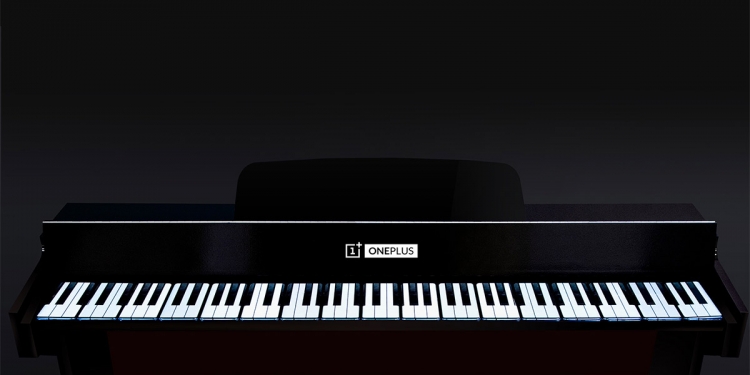The idea of using mobile touchscreen devices like smartphones and tablets isn’t exactly a new one. In fact, a quick search on YouTube will reveal a bunch of videos that show musicians producing songs and instrumentals using their smartphones—usually iPhones, or even tablets like iPads.
OnePlus has been showing off the capabilities of the OnePlus 7T Pro with a pretty novel concept, however. The OnePlus Piano, as it’s called, is a combination of 17 OnePlus 7T Pro smartphones in a frame that has been made using 3D modelling. The “piano” has been touring throughout Europe, with stops in major cities such as London, Paris, and Helsinki, along with a pianist, Karim Kamar.
They’ve posted a nicely-shot video of Kamar playing the piano in public areas, and as expected, crowds are suitably impressed by the sight of the OnePlus Piano (and Kamar’s ability, of course).
OnePlus says that it’s all made possible by the OnePlus 7T Pro’s “90 Hz Fluid Display technology”, and logically-speaking, a display with a high refresh rate would be more suitable touchscreen device to use as a pseudo-instrument. Meanwhile, the OnePlus Piano also showcases the Snapdragon 855+-powered smartphone’s capabilities, with lower-end devices usually more susceptible to slow-downs, or even crashes.
Kamar is clearly a talented musician who probably has had an ample amount of time to get used to the setup. In addition to that, he also appears to be using a sustain pedal, which is connected to the piano somehow—all part of OnePlus’s custom setup.
Had a load of fun playing on this @OnePlus_UK phone piano on the southbank. Will be with it in Paris on tuesday for round 2 pic.twitter.com/Fj6w9VDmQG
— King Kamar (@Karim_Kamar) November 10, 2019
But I’d still argue that the entire concept is an unrealistic one. A large portion of what makes a virtual instrument great is software-based, which is why the go-to app for many casual (virtual) musicians is the free-to-use Garageband app on iOS. With 17 different devices working separately—or connected in tandem via software even—it seems likely that it would be hard to get similar results if you tried this yourself.
And playing an instrument like the piano requires a lot more than just virtual representation of the keys. There’s the feel of the keys, the velocity of how you hit the keys, and sensors like gyroscopes and accelerometers in smartphones aren’t going to replicate that. Trust me—it’s incredibly difficult to play an actual song on a virtual keyboard, even for an reasonably accomplished musician.
So unless they actually make the piano setup available to the market, it’s an idea that, while ingenious, isn’t going to be easily replicated by the public anytime soon. But putting all of that nit-picking aside, I’d have to say that it’s certainly one of the most engrossing advertisements I’ve seen in recent times.
Well done, OnePlus.








